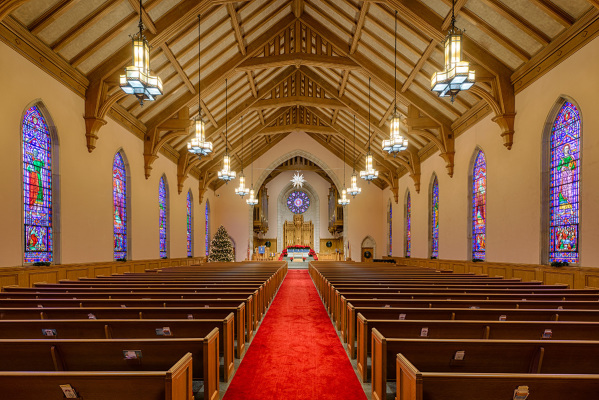Gay Couples Spread in U.S., Behave Like Straight Couples
While most Americans do not think much about the census, it looms large in the lives of gay couples. A new report this week gives a clearer picture to date of same-sex couples in the country.
The new Census Bureau data, finalized this week, shows the numbers of gay couples in America has jumped by half in the past decade to 901,997.
Sixty percent are female, and 22 percent are raising children, according to the report.
In other words, the 2010 Census shows an all-time high of people self-identifying as members of cohabitating same-sex couples.
According to the research, many same-sex couples are doing something straight couples have been doing for generations: getting older, having kids, and moving to the suburbs.
These trends, both the spread of gay people living openly, and of gay populations mirroring trends in the straight population, are playing out nationwide.
But, there are still religious leaders and voters on both sides of the issue and despite the new findings, there is little chance they will stop speaking out against same-sex marriage.
Religious opponents of same-sex marriage continue using church bulletins, diocesan newspapers and sermons from the pulpit to encourage their followers to contact legislators and let them know how they feel. They are convinced that legislation is the key to putting a stop to same-sex marriages in America.
First, they cite biblical injunctions against homosexuality. Second, they warn that social services, like foster care and adoption, provided by religiously sponsored charities could be endangered by the legalization of same-sex marriage.
Archbishop Timothy M. Dolan, addressed the same-sex marriage issue during an interview on the CBS program “60 Minutes,” urging policy makers not to tamper with the definition of what he termed “authentic marriage.”
“I love my mom, but I don’t have the right to marry her,” said the archbishop, whose national public profile as a spokesman for church values rose last year, when he was elected president of the United States Conference of Catholic Bishops.
More shocking to Census researchers is how far same-sex couples have dispersed across the country.
Gay couples are not just living in big cities like New York or San Francisco. The report shows that there are more people who identify as gay, that have dispersed to more places across the nation.
To name a few, gay couples reside in Pleasant Ridge, Mich., a suburb of Detroit; New Hope, Pa.; and in southern Delaware. All three have been popular destinations for gay people locally but had never ranked in the top 10 until now.
Among mid-sized cities, Ft. Lauderdale is first, followed by Berkeley, and surprisingly, Salt Lake City.
The No. 1-ranked town is Provincetown, Mass., at the tip of Cape Cod.
"The reordering reflects a growing influence of baby boomers, who became adults in the 1960s and 1970s, when the social stigma was starting to ease,” said Gary Gates, a demographer at the Williams Institute at the University of California.
“It shows that gay couples are more willing than previous generations to stand up and be counted.”
Researchers said ten or 20 years ago the gay movement would have been very nervous about asking these questions. They didn’t want the government to know who was gay. You got fired for being gay.
San Francisco still ranks the top large city by number of same-sex couples, adjusted for population, with Oakland coming in third. Seattle is number two.
Another finding discovered by researchers at The Williams Institute shows that a gay-oriented travel guide named Damron’s, shows the number of self-described gay bars and clubs in the U.S. has dropped 13 percent since 2005.
The reason is that as gay people report feeling more accepted by society, many feel less need to self-segregate. However, same-sex opponents object to this acceptance citing it as a "corruption of a moral society."
“The evidence suggests that this is more about people’s increased visibility than it is about migration,” Gates said. “In rural areas, which tend to be more socially conservative, you’re seeing more willingness of people to identify themselves.”
Gates found that gays are still concentrated in urban areas along the coast, but gay families with children paint a different picture.
While they have a smaller percentage of gay people overall, the highest percentages of gays who were coupled and raising children in both conservative and liberally-based neighborhoods. Even co-habitating couples without children follow this pattern.
Columbia University professor Ilan H. Meyer said, “Our nation’s aim to reduce health disparities related to sexual orientation, as stated in Healthy People 2010 and Healthy People 2020, has been hampered by lack of broad population-based quality data."
He said whether you object to same-sex marriage or not, accurate and reliable data about the health of the gay population are essential for forming public health policies, setting research priorities, and designing effective interventions.
Political analysts say the groundbreaking research released by the Census Bureau will be cited heavily in debates over the Defense of Marriage Act and state marriage laws.
Find all data here: http://www3.law.ucla.edu/williamsinstitute/home.html






















